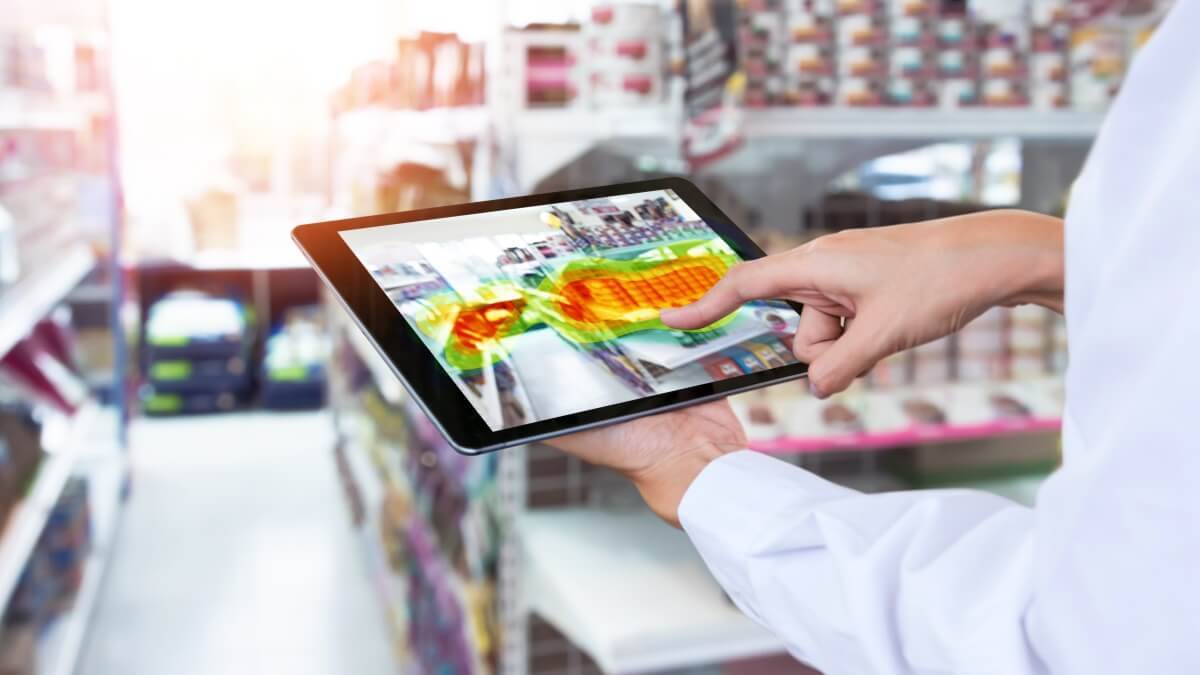Overview
Edge computing provides opportunities to move AI workloads from the cloud to the Edge for video analytics, offering improved response times and bandwidth savings, among other advantages. For this reason, interest in Edge AI technologies for video analytics is growing fast.
The enhanced processing efficiency of Edge AI technology has brought tangible improvements to AI-assisted video devices. This impacts the quantity and quality of achievable tasks thanks to the low bandwidth usage, improved latency, and reduced power constraints that Edge AI offers.
As Edge AI tools continue to improve and become more powerful, they’ll lead the way to a new era of intelligent video analytics with rapidly expanding capabilities and possible uses.
Edge AI and video analytics explained
Edge AI is the concept of moving analytics and AI abilities to the Edge – a data processing location that is as close to a machine as possible and doesn’t have to use the cloud.
Video analytics, on the other hand, is the concept of processing data from video footage.
Over the past several years, video analytics, sometimes called intelligent video analytics or video content analysis, has attracted enormous interest from both the academic and industry worlds. Perhaps most noteworthy is that video analytics has automated tasks humans once exclusively carried out.
For example, video analytics can analyze customers’ foot traffic in retail stores to maximize sales, monitor traffic jams and deliver real-time alerts, and complete well-known tasks such as smart parking and Face Recognition.
Combining Edge AI and video analytics creates a localized source of intelligent video analytics. For instance, combining the two allows businesses to run a video program that automatically recognizes spatial and temporal events within videos, all at the network’s edge.
Such video capabilities are invaluable for security purposes, among other critical use cases discussed below.
What’s Edge AI got to do with video analytics?
Organizations rely on data more than ever before, and this growing need for data has highlighted the importance and complexity of IT architecture.
Today, businesses are becoming data-driven enterprises. With the rise of big data and internet of things (IoT) devices, organizations face unprecedented growth in the number of data touch points used in a given application.
For example, capturing input from various endpoints (such as IoT sensors and Edge AI cameras) increases the volume of data that needs to be processed, stored, and managed.
This, combined with the advent of AI applications and high-definition cameras, means that video analytics is collecting more data than ever.
Unfortunately, when all this data is processed in the cloud, it can result in bandwidth shortages and delays that can prove detrimental in certain use cases like those involving security.
Here’s where Edge AI comes to the rescue.
By deploying Edge-based video analytics, several benefits are achieved. For example, it can avoid bandwidth issues, reduce data access delays, and handle compliance rules and regulations.
Ultimately, the most crucial benefit is that video analytics backed by Edge AI can deliver quicker insights on-site so critical decision-making can be done in real-time.
Of course, video analytics can be executed via centralized servers or through cloud processing. It’s only recently that storing and executing commands deduced by video analytics has been introduced to Edge computing and Edge AI.
It’s also worth noting that there’s been a steep increase in the number of intelligent and Edge AI-capable cameras sold within the sector.
The current projection is that AI-capable cameras will make up 64% of all IP cameras shipped worldwide, providing the opportunity for much of this AI work to be performed at the Edge.
With AI’s entry into the mainstream market, intelligent video analytics at the Edge will likely be incorporated into many cameras due to its impressive offerings.
Significant Edge AI video analytics use cases
Given the benefits of combining Edge AI and video analytics, it will come as no surprise that analysts are predicting that more and more video analytics applications will move to the Edge.
For example, Gartner’s market research has classified Edge video analytics in an adolescent maturity phase with a transformational character.
And this is Gartner’s highest benefit rating!
Companies like Gartner see the dramatic impact automating decision-making and real-time analytics can have compared to already commonly used methods. These common methods include storing and analyzing data later (sometimes involving human labor) or using the cloud to process video data.
By contrast, having video analytics utilize Edge systems offers various benefits that will enable a broader range of video analytics use cases with higher efficiency. Some of these include the following:
- Workplace safety solutions
- Real-time traffic monitoring and dynamic situational adaptation
- Recognition-based Smart Video Doorbell and HomeCam systems
- Facility inspection systems
As can be seen, the practical uses that come from marrying these two technological concepts vastly enhance the security sector.
AI is the next step for the video surveillance camera market, which will automate processing and analytics related to a camera’s recording or live feed.
Security is the main area that Edge AI video analytics will benefit from, as data processing can take place on-site much faster than if done using the cloud.
Edge AI video analytics will also improve search and monitoring capabilities. For example, automatic identification of license plates, faces, foot traffic, and workplace safety compliance can all be made more accurately and quickly by combining Edge AI and video analytics.
Additionally, with Edge AI video analytics, data processing is done on-site using machines that are close by. Say something is going wrong security-wise or regarding quality control (another important video analytics use case). The last thing a company wants is its video analytics algorithm to deal with latency issues that can come with the cloud.
Having AI and data processing done on-site reduces the time it takes for the video analytics algorithm to send an alert, thus increasing the time someone has to address whatever security breach or quality control issue has been detected.
Edge AI ensures that video analytics is smarter than ever before
When video analytics moves to the Edge, tremendous benefits follow.
By combining the powerhouse of Edge AI with video analytics, the future of security– from mega-businesses to the nearby corner store – is in smarter, more efficient hands than ever before.
Likewise, traffic monitoring, retail analytics, quality control efforts, and recognition tasks all stand to benefit from Edge AI video analytics.

